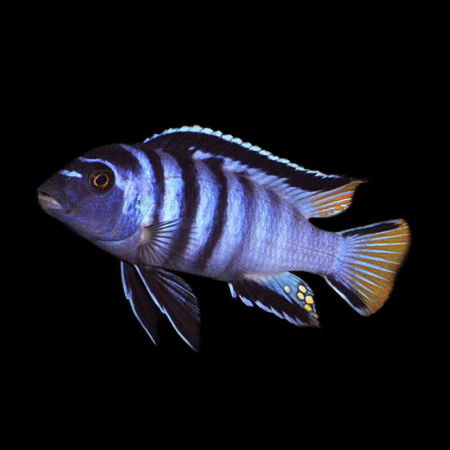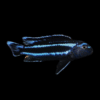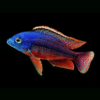To provide the best experiences, we use technologies like cookies to store and/or access device information. Consenting to these technologies will allow us to process data such as browsing behaviour or unique IDs on this site. Not consenting or withdrawing consent, may adversely affect certain features and functions.
The technical storage or access is strictly necessary for the legitimate purpose of enabling the use of a specific service explicitly requested by the subscriber or user, or for the sole purpose of carrying out the transmission of a communication over an electronic communications network.
The technical storage or access is necessary for the legitimate purpose of storing preferences that are not requested by the subscriber or user.
The technical storage or access that is used exclusively for statistical purposes.
The technical storage or access that is used exclusively for anonymous statistical purposes. Without a subpoena, voluntary compliance on the part of your Internet Service Provider, or additional records from a third party, information stored or retrieved for this purpose alone cannot usually be used to identify you.
The technical storage or access is required to create user profiles to send advertising, or to track the user on a website or across several websites for similar marketing purposes.














Emily Roberts (verified owner) –
I recently added the Giraffe Hap Cichlid (Nimbochromis Venustus) to my 75-gallon aquarium, and I couldn’t be happier! These colorful fish have truly transformed my tank into a vibrant underwater landscape. Their stunning blue and yellow hues are mesmerizing, making them a focal point during feeding time. After about two months, I’ve noticed how well they interact with my other Lake Malawi cichlids, showcasing their social behavior and unique personalities. I appreciate how active they are, constantly swimming around and exploring their environment.
In terms of fish reproduction, I’ve seen some intriguing pairing behaviors, which is exciting for a caring fish parent like me! It’s clear they thrive in a well-maintained environment. One minor concern is that they require plenty of swimming space, so be mindful of tank mates; overcrowding can lead to stress. If you’re a hobbyist looking to add a splash of color and lively interaction in your aquarium, I highly recommend the Giraffe Hap Cichlid. They truly enhance the beauty of any freshwater setup. Plus, they were shipped quickly and arrived healthy, which is always a plus! Overall, a fantastic addition to my fish family.